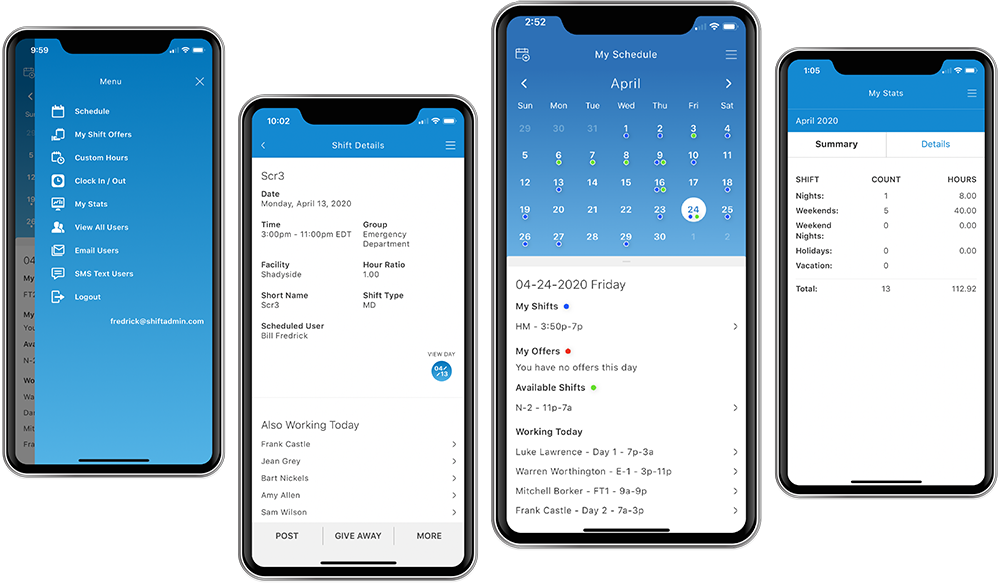

Auto-scheduling and intelligent rostering However, their influence lives on through many standard conventions and file formats. Mohawk Data Sciences introduced a magnetic tape encoder in 1965, a system marketed as a keypunch replacement which was somewhat successful, but punched cards were still commonly used for data entry and programming until the mid-1980s when the combination of lower cost magnetic disk storage, and affordable interactive terminals on less expensive minicomputers made punched cards obsolete for this role as well. Magnetic tape ĭuring the 1960s, the punched card was gradually replaced as the primary means for data storage by magnetic tape, as better, more capable computers became available. IBM developed punched card technology into a powerful tool for business data-processing and produced an extensive line of general purpose unit record machines. IBM manufactured and marketed a variety of unit record machines for creating, sorting, and tabulating punched cards, even after expanding into electronic computers in the late 1950s. The idea first created by Basile Bouchon developed the control of a loom by punched holes in paper tape in 1725. The earliest form of automated employee scheduling and managing of employee hours was the punch card. This then gave way to the idea of employee scheduling software, which would be an all-inclusive system that would store and track employee work history, along with actually scheduling the employee's work week. These forms however never actually scheduled the employees, it just kept track of the employees work week, hours, and prior work schedules. This then gave rise to data storage forms that later by the 80s were compatible with computer programs and software.
#Shift admin automated scheduling software software#
Prior to employee scheduling software companies would use physical mediums for tracking employee hours and work schedule. Transitioning to employee scheduling software Ultimately, optimization of scheduling is to minimize costs, but also often requires a reciprocal approach from management instead of complete reliance on software. This is because systems must take into account many different forms of schedules that could be worked, and allocate employees to the correct schedule. The theoretical complexity of the problem is a significant factor in the development of various software solutions. Such functionality can help organizations with issues like employee retention, compliance with labor laws, and other workforce management challenges.Ī theoretical underpinning of an employee scheduling problem can be represented as the Nurse scheduling problem, which is NP-hard. It may also include functionality including applicant tracking and on-boarding, time and attendance, and automatic limits on overtime. Mobile scheduling further increased scheduling productivity and eliminated inefficient scheduling steps. Today's employee scheduling software often includes mobile applications. Although employee scheduling software may or may not make optimization decisions, it does manage and coordinate the tasks. As scheduling data is accumulated over time, it may be extracted for payroll or to analyze past activity. Such software will usually track vacation time, sick time, compensation time, and alert when there are conflicts. Automating the scheduling of employees increases productivity and allows organizations with hourly workforces to re-allocate resources to non-scheduling activities.


Employee scheduling software automates the process of creating and maintaining a schedule.


 0 kommentar(er)
0 kommentar(er)
